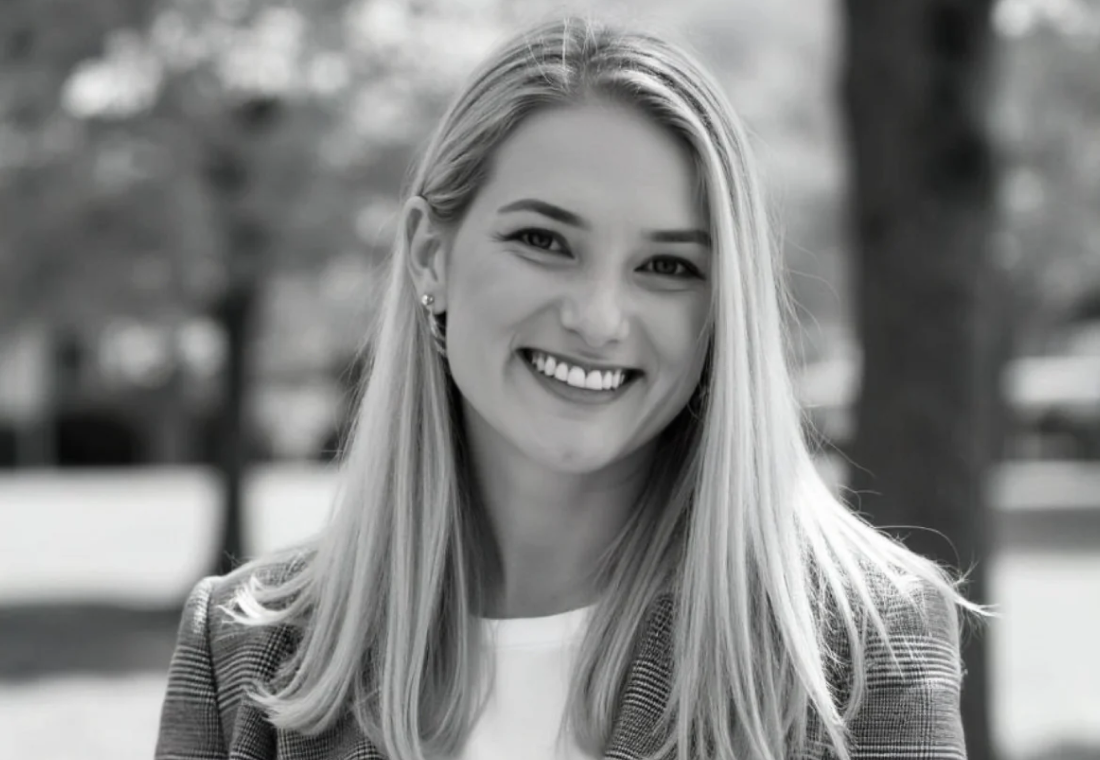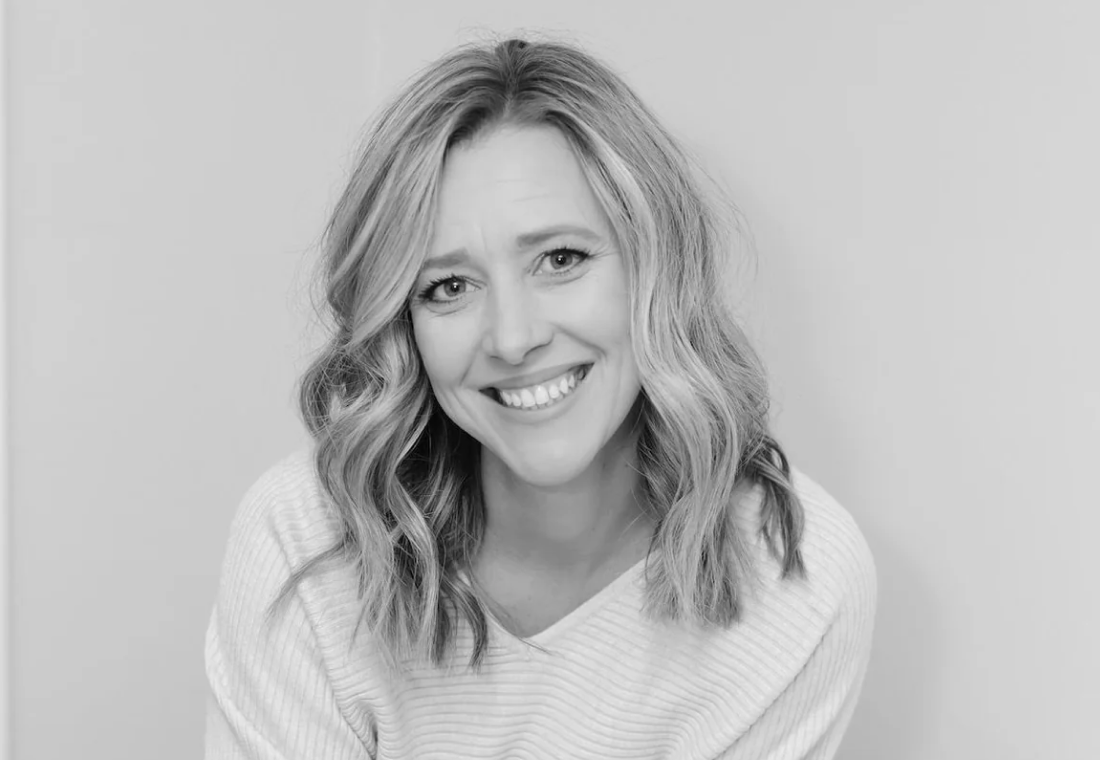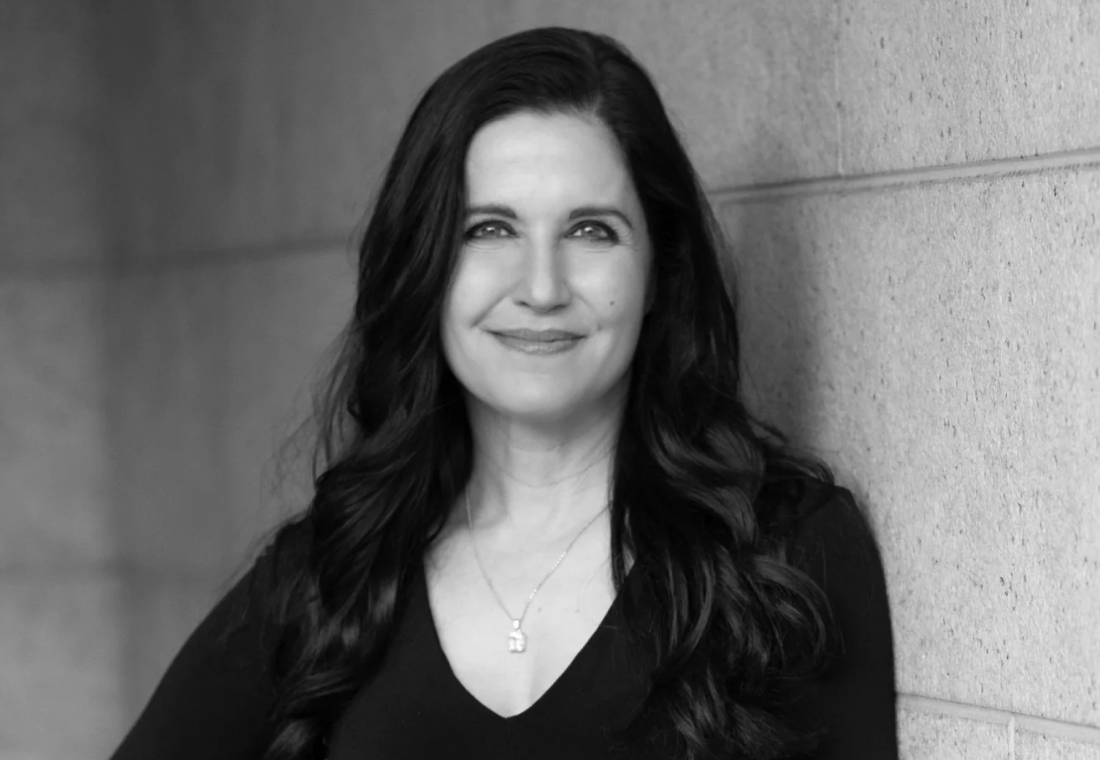Meet Our Team of Expert Advisors
We've enlisted the help of professionals in the field of sleep, medicine, infant care, and occupational therapy to provide us with their expert guidance and ensure that we continue to deliver effective products that meet the highest quality standards!

AAP Board-Certified Pediatrician and Founder of Concierge Pediatrics
Dr. Jassey is the co-author of The Newborn Sleep Book and has received the Patients' Choice Award for three consecutive years and the Compassionate Doctor Recognition Award.
"I'm excited to introduce Dreamland's innovative, weighted products to families struggling with sleep and help educate them on this common-sense sleep aid!’'

RN, BSN
“As a NICU nurse with extensive experience caring for premature and critically ill newborns, I understand the importance of creating a calming environment that supports healthy sleep. I trust Dreamland’s products to provide comfort, reduce stress, and promote the well-being of infants who need extra care and security.”

Certified Infant and Toddler Sleep Consultant
"I recommend Dreamland sleep sacks and weighted blankets to all of my clients for the ultimate soothing naptime to nighttime routine."

MS, OT
"Weighted blankets provide deep touch sensory input to the skin, which is organizing and soothing to our nervous systems. We recommend deep touch pressure regularly in our clinic.”
